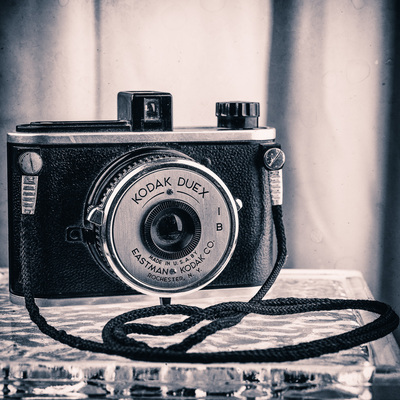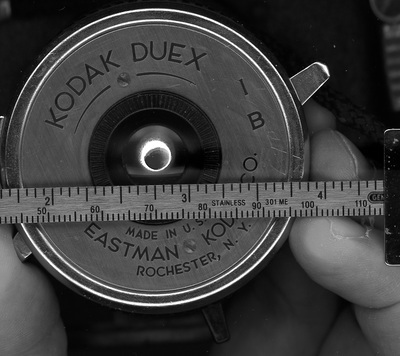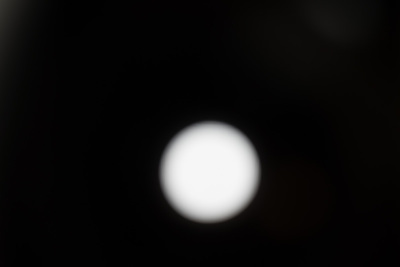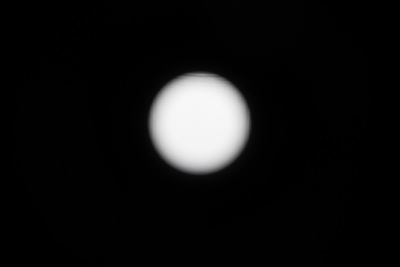Kodak Duex
A few months ago I came across a Kodak Duex camera. I was planning on selling it (I’m trying not to be a camera collector), but something about it just made me want to keep it.

Duex Decision
According to Camerapedia this camera was produced by Kodak from about 1940-1942. It’s unclear how many were made, probably not terribly many (for Kodak, that is). It is basically a point-and-shoot medium format camera, with fewer adjustments than a Holga.
The Duex uses 6cm film on 620 size spools. Most 6cm film today comes on 120 spools which are bigger (longer and larger diameter). This means I have to take film from a 120 spool and rewind it onto a 620 spool. Lucky for me, the camera had one spool, and I found another in one of those old Brownies that have been hanging around. There are ways to cut down the 120 spool, but I didn’t want to deal with plastic dust. Having to respool film does cut down on spontaneity, because I only have the 2 spools.
One aperture, one shutter speed (plus bulb), 6×4.5 images in portrait orientation.
I spent some time trying to characterize the camera: I measured the focal length (about 60mm) and the diameter of the aperture (about 6mm give or take) to come up with an f stop of about f/10. It probably is f/11 which is a standard stop.

Duex Aperture
Then comes the shutter speed. Now, Camerapedia says the “instant” speed is about 1/30 second. My convoluted (and possibly incorrect) method to measure this gives me about 1/50 of a second. Here’s how I figure it:
- I put my digital camera inside the back of the Duex (aimed at the lens), set the shutter for something long enough to give me time to click the Duex shutter, put the whole pile next to a white light, and click.
- Then I put the Duex on “Bulb” setting, and change the shutter speed of my digital camera (keeping all else the same) and click until I get a spike in the histogram that matches the “Duex shutter” histogram

Duex Shutter

Simulated Duex Shutter
Now that I know the aperture and shutter speed, I can figure out that if I want to use the “Sunny 16” rule, then I need to use 25 speed film.
Sunny 16: On a sunny day, at an aperture of f/16, your shutter speed should be the inverse of your film speed. So ISO50 film would need a shutter speed of 1/50 second. Since f/11 is one stop bigger than f/16 (i.e. one stop more light) then if my shutter speed is fixed at 1/50 of a second, I need half-as-fast film, ISO25.
This makes sense, as films were much slower in the 1940s… I don’t have ISO25 film, I’ve got some 20-year-expired Plus-X 125, which people say should be exposed as though it were slower, say ISO80 or ISO50. Will this work? Well, I don’t know.
The best way to learn about how a camera works is to use it! I went out today, a clear, bright, sunny (cooooold) day, and exposed the whole roll. I’ll develop it normally. It could be terribly overexposed, either from the film speed or from my miscalculation of the shutter speed. There could be light leaks in the camera; I didn’t block the red window where you read the frame numbers, for instance, or there could be many other places where light would get in.
Once I develop it, I’ll have a better idea of what to do with the camera. It may just be a fun thing to bring out every so often (it’s bakelite! it’s 70+ years old! ) or it may find a place in my normal (and growing) camera rotation. In any case, it’s been a fun way to waste spend a couple of days.
Update: See the contact sheet from the first roll!